Dear All
This month we have two all new iconic 1/30 scale wooden aircraft models from
WW2 that were considered the backbone of the Luftwaffe bomber force and saw
action throughout the war in every theatre. With production normally taking
60 hours to make each model, these really are one off master pieces with
full interior detail and authentic markings as standard.
The Heinkel 111 was designed by Siegfried and Walter Gunter in 1934
ostensibly as a civilian passenger liner, but in reality the aircraft was
intended to provide the Luftwaffe with a fast medium bomber. The mainly
glazed Plexiglas nose of the HE 111 gave it a very distinctive and easily
recognised look, almost akin to a giant wasp or bee. During the early
stages of the war the HE111 performed well but like many German aircraft its
weak defensive armament was exploited by the RAF during the battle of
Britain. Casualties amongst bomber crews were particularly high but with no
suitable replacement the HE 111 soldiered on until the end of the war as a
strategic bomber, transport aircraft, glider tug and was even used as an
experimental variant to launch the V1 flying bomb whilst airborne. Various
airforces operated the HE 111 including the Spanish, Romania, Turkey and
China amongst others. The last ones were retired by the Spanish in the
1970's who made a licence built variant, with some of these featuring in the
1969 film 'The Battle of Britain' directed by Guy Hamilton.
The HE 111 was over 59ft in length with a wingspan of 74ft, this makes for a
very impressive looking model in 1/30 scale as the attached photos will
testify.
Armament consisted of 7 x 7.92mm machine guns with a 2000 Kilo bomb load
carried internally, further ordnance could be carried externally. Our model
features markings of a Luftwaffe aircraft from Kg53 as it would have
appeared during the battle of Britain 1940 with an initial batch of 5
aircraft being available at a cost of $1200 each plus postage and packing.
Comes free with Luftwaffe pilot and lady with umbrella as per the photos.
We will make another batch of aircraft where payment can be made over 6
months if the demand is there, please contact us by email for details.
WOW089 Dornier 17 also known as the flying pencil was a twin engined light
bomber designed to be able to outrun enemy fighters. Making its combat debut
in the Spanish Civil War, the Dornier was liked by its crews but was
considered inferior in performance to the HE 111. The DO 17 usually had a
crew of 4 all housed in the same compartment and comprised of a pilot,
bombardier and 2 gunners to help defend the aircraft. Production ended in
1940 with the DO 217 replacing the DO 17, however surviving examples carried
on serving until the end of the war in various guises. Our model is one of
the most well known Dornier 17's that took part in the Battle of Britain. On
26 August 1940 5K+AR was taking part in a raid on RAF bases at Debden and
Hornchurch when it became separated from other unit members. A Boulton Paul
Defiant is thought to have intercepted it with one of the engines being
disabled, forcing the pilot Willi Effmert to make a crash landing on the
Goodwin Sands. Two of the crew survived and were imprisoned for the duration
of the war. 5K+AR lay underneath the waves for nearly 60 years before it was
discovered. In 2010 it was raised from the sea bed and is now being restored
by the RAF Museum and will be the only complete example in the world once
restoration is complete. The DO 17 was nearly 60ft in length and with a
wingspan of 59ft and once again makes this a very distinctive looking model
in 1/30 scale. We have an initial batch of 5 aircraft being available now at
a cost of $899 plus postage and packing, a further batch will be made
available with payment over 6 months if the demand warrants. Please note
FJ029 policeman or LUFT021 pilot with fox will be supplied free depending on
availability and preference.
That's all for this month folks, we may have some British WW1 aircraft at
the end of the month and will advertise these as and when we can. If you no
longer wish to subscribe to our newsletter please reply typing 'UNSUBSCRIBE'
in the header title and we will remove you from our mailing list.
Best wishes
The Gunn Team

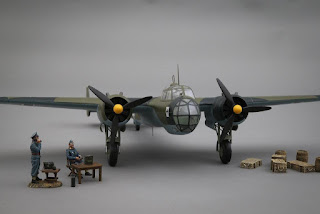





















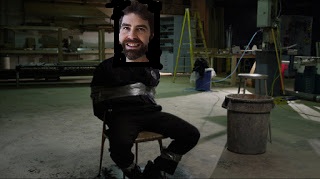
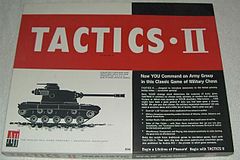


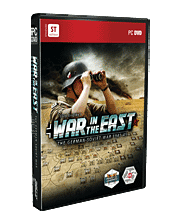





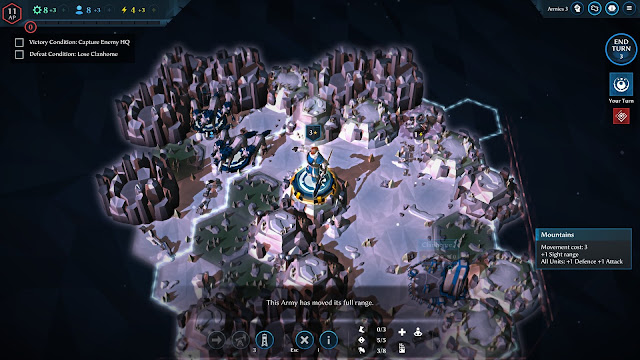





Follow Us